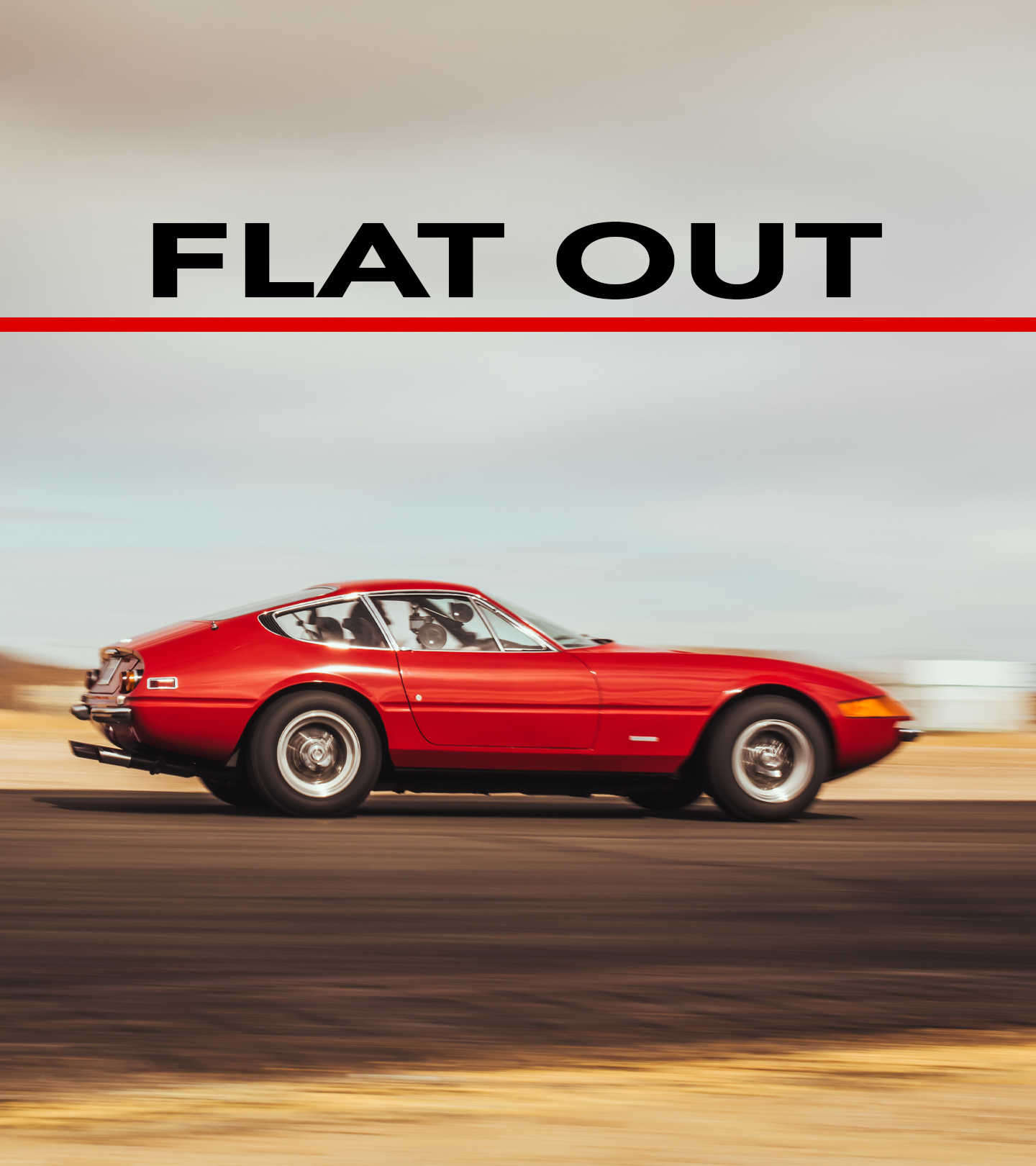Enjoy motorsport stories, opinion, and features from across the car world - Hagerty Media
Watching Brian Blain slide the old 1911 National around a dirt corner, it’s hard to believe that were was a time—back before he received “the trunk”—when he didn’t even know that these cars existed. Since then his life has never been the same.
As Hagerty’s Aaron Robinson first shared in October 2018, Blain found himself in possession of an old steamer trunk that belonged to family friend Harry Sprague, who passed away in the 1970s. Blain—already an avid motorcycle and car racer at the time—opened the trunk to find a treasure trove of racing memorabilia, including an old jersey that read “National.” That Sprague had made no mention of this trunk’s contents while he was alive made the trunk all the more intriguing.



Blain, the subject of our latest Why I Drive video, soon learned that National was an Indianapolis-based car company that made automobiles from 1900–1926, including cars that raced in the first Indianapolis 500 in 1911 and which won the second Indy 500. He was surprised to find that Sprague himself raced a National to victory (and to $1000 in prize money) in a Visalia, California, race in 1912. One can only speculate as to why Sprague never saw fit to mention this around the dinner table. The more Blain learned, the more obsessed he became.
Fast forward to present day: the Blain Motorsports Foundation now centers its efforts on finding, preserving, and restoring these pre-World War I race cars. Only about 20 Nationals are known to survive; seven of them are here at Blain’s shop in California’s Central Valley. Among these cars is a 1911 National that raced at that first Indy 500. It features a 450-cubic-inch engine that makes 100 horsepower at 2000 rpm.
“Anything beyond that,” Blain notes, dryly, “and big pieces of metal have a tendency to fly out of the engine.”




In the next stall sits a 1916 National. Powered by a 303-cu-in six-cylinder engine, it produces horsepower numbers comparable to those of its National stablemate. And next to that National is a 1912 Packard, believed to be the oldest Packard race car in existence. Its 420-cu-in four-cylinder engine—adorned with leather belts and brass galore—is limited to about 1800 rpm.
On any given morning, a visitor to the Blain garage will find Brian and his band of local volunteers suiting up in period-correct racing suits (with names like National and Packard and Simplex splashed across the back) for an impromptu “race” through the local pecan and walnut groves. Preparing themselves for the inevitable shower of mud and rocks and debris, the crew dons leather helmets, goggles, and gloves. Within minutes of going through the start-up procedure (itself no small feat with these cars), the men are sliding the cars through the dirt and executing passes as they dodge low-hanging branches. For this hour, they are racing through time, back to the earliest days of motorsports.
These cars, however, are difficult to drive, constantly in need of maintenance, and completely at odds with the modern world. You have to double-clutch every gear shift, if you don’t retard the spark you could break your arm trying to start the engine, and some days just end with a tow truck and there’s no avoiding it. So why go to all the trouble?



“We’ve saved a piece of history that might have gotten lost, and at the same time, we had fun doing it,” Blain says. “We got to restore a cool car, we get to drive them, we get to race them, we get to wave at the bleachers full of people as we go by, and it makes us feel like we’re heroes for a day.”
For Blain, a race car that simply sits in a museum is an affront to all he holds dear. The only thing worse, he insists, would be if the car had never existed at all. These cars were meant to race and that’s just what he intends to keep doing with them.











